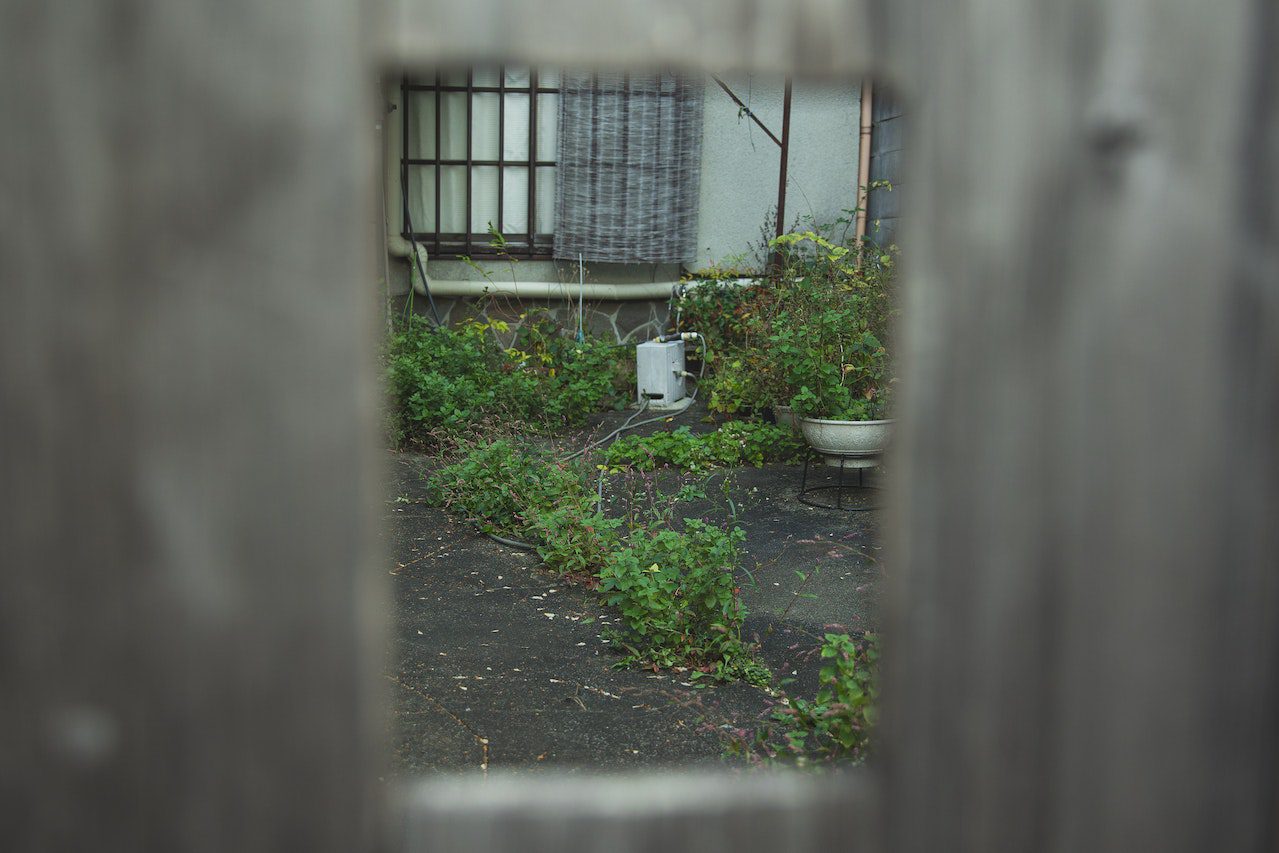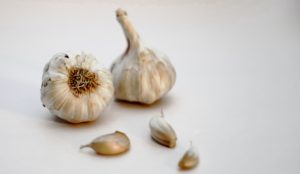
Moles are known for their distinctive tunnels and mounds of soil that they leave behind as they burrow through the dirt. While moles can be beneficial to the environment by aerating the soil and eating insects, they can also cause significant damage to lawns and gardens.
Now, you may be wondering why they end up infesting your yard in the first place. To clear things up, we thought it would be useful to go through common reasons why moles end up on your property. If this is something that you’re interested in learning more about, read on as we discuss the five most common reasons behind mole infestations in your yard.
1. Soil Type
One of the most common reasons for mole infestations is the type of soil in your yard. It’s important to remember that they prefer loose, moist soil that is easy to dig through. If your yard has heavy, clay-like soil, moles are far less likely to be attracted to it.
2. Food Source
Moles primarily feed on insects such as grubs, earthworms, and beetles. If your yard has a large population of these insects, moles may be attracted to the area. In addition, if you have a vegetable or flower garden, moles may be attracted to the roots of your plants. This is because they will tunnel through the soil in search of food, and they may accidentally damage the roots of your plants in the process.
3. Water Source
Moles require a source of water to survive, and they are attracted to areas with moist soil. If your yard has poor drainage or if you overwater your lawn or garden, moles may be attracted to the area. Being near water sources such as ponds or a stream also makes it more likely for moles to infest your yard.
4. Landscaping
The landscaping of your yard can also play a role in attracting moles. If you have a lot of rocks or debris in your yard, these pests are more likely to move in. This is because they will use these materials to build their tunnels and nests. Dense vegetation such as bushes or shrubs, also tend to attract moles to the area. This is because they tend to use the roots of these plants as a food source.
5. Seasonal Factors
Finally, seasonal factors can also play a role in mole infestations. Keep in mind that they are most active in the spring and fall when the soil is moist and the temperature is mild. During the summer and winter months, moles may be less active or may move to a different location. With that being said, areas with large mole populations are less impacted by season as moles tend to be a problem all year round.
Conclusion
As you can see, there are a slew of different reasons why moles end up in your yard. Understanding the reasons behind mole infestations can help you take steps to prevent them from moving in. If you do notice signs of mole activity, such as tunnels or mounds of soil, you can take steps to trap or repel them before they cause significant damage. To prevent the problem from getting worse, we suggest that you work with pest control professionals.
Do you need the best mole-trapping pros in Cincinnati? Trap Your Moles is a reliable team that can handle your mole worries. Contact us today to get a FREE consultation!







No comment yet, add your voice below!